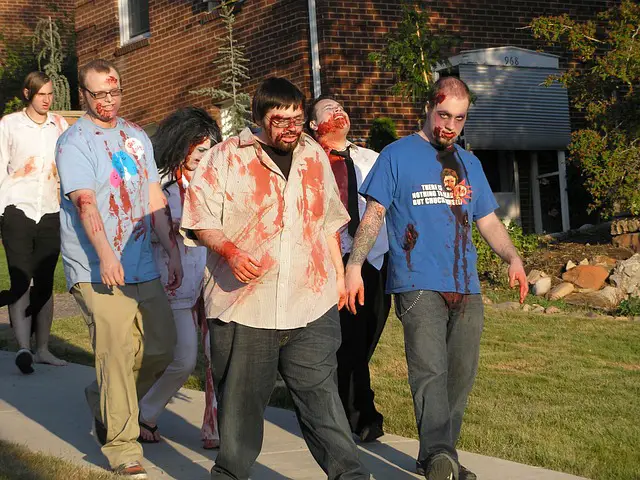
Removing Senescent or Zombie Cells with Senolytics
What are senescent cells and what are senolytics?
Let’s first start by discussing what senescent cells are. Senescent cells are cells that no longer divide (though some may be able to be “rehabilitated” to once again divide) and are non-functional.
Cellular senescence is one of the 12 hallmarks of aging. Senescent cells accumulate during aging and at pathogenic sites of multiple disorders and diseases.
Senescent cells are sometimes called Zombie cells. At first blush, this may not seem like a big deal but senescent cells can be quite damaging to overall health. That is because they sometimes secrete inflammatory products that can lead to chronic disease. Senescent cells that secrete inflammatory products are called senescence‐associated secretory phenotype (SASP).
Senescent cells are resistant to apoptosis or cell death. Ideally, senescent cells need to be removed and their parts (organelles, proteins, lipids, etc) recycled. This keeps the body younger and longer.
Senolytics are molecules that clear senescent cells. These senolytics can be drugs already FDA-approved for other purposes, peptides, and even nutritional supplements. Senolytics clear out the SASP cells.
Senescent cells accumulate over several weeks. Thus, senolytics do not need to be taken daily. They can be taken intermittently. Senolytics that have been studied include Dasatinib, Quercetin, Fisetin, and Navitoclax.
In preclinical models, senolytics delayed, prevented, or alleviated frailty, cancers, and cardiovascular, neuropsychiatric, liver, kidney, musculoskeletal, lung, eye, hematological, metabolic, and skin disorders as well as complications of organ transplantation, radiation, and cancer treatment. Based on preclinical trials as many as 40 conditions may be alleviated with senolytic administration.
As a result, we now have clinical trials using senolytics for diabetes, idiopathic pulmonary fibrosis, Alzheimer’s disease, COVID‐19, osteoarthritis, osteoporosis, eye diseases, and bone marrow transplant, and childhood cancer survivors are underway or beginning. This link shows some of the clinical trials completed, planned, or underway.
Aging and Cellular Senescence
The population is aging steadily. The World Health Organization (WHO) estimates that 1 in 6 people, or 2.1 billion, are expected to be over age 60 by 2030. Chronological age is the major predictor for most of the diseases that account for the bulk of morbidity, mortality, and health costs. This explains the rapid interest in senolytics to potentially combat chronic diseases which are in part age-related, and cut down on health care costs.
In a study from the Mayo Clinic, researchers showed that senescent cells decrease levels of a-klotho in three types of human cells: umbilical vein endothelial cells, kidney cells, and brain cells. A-Klotho is a protective protein that decreases with age. In the study, researchers then showed that the senolytics Dasatinib and Quercetin raised the levels of the protein, a-klotho.
Available Senolytics OTC
Of the senolytics mentioned in this post, quercetin and fisetin can be obtained over the counter (OTC). The Mayo Clinic is using the senolytics quercetin and fisetin to see if senolytics improve skeletal health. That study uses 1,000 mg of quercetin 3 consecutive days every 28 days (along with Dasatinib) in one group and fisetin at a dose of 20 mg/kg body weight for three consecutive days every 28 days in a second group. This illustrates the thought that senolytics do not need to be taken daily.
So if you want to get a head start on incorporating senolytics into your longevity regimen you may want to use those doses as a reference point. Before starting, though, we recommend you review these longevity or geroprotective interventions with your physician.
